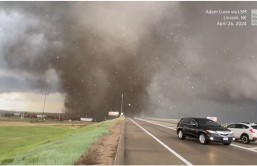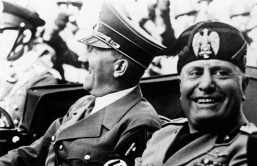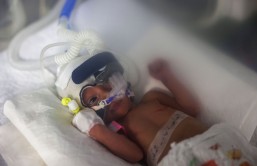While traffic lights have been the standard way of allowing cars to intercept corners since the early 20th century, researchers at MIT and the Swiss Federal Institute of Technology (Zurich) have found a potential new world in which cars are able to communicate via automated technology so that no one has to stop at the corner.
The researchers say that if this type of transportation ever fully arrives, it could allow double the traffic currently on roads.
The team did mathematical modeling, looking at a case in which high-tech cars interact via sensors to stay at a safe distance from one another as they shuttle through a four-direction intersection. Without the pauses caused by stop lights, these would be Slot-based Intersections (SIs), and traffic would flow faster.
"An intersection is a difficult place, because you have two flows competing for the same piece of real estate," said Carlo Ratti at MIT's Department of Urban Studies and Planning's SENSEable City Lab, co-author of the study. On the other hand, if a system has advanced technology and lacks traffic lights, he says it "moves control from the [traffic] flow level to the vehicle level. Doing that, you can create a system that is much more efficient, because then you can make sure the vehicles get to the intersection exactly when they have a slot."
The system's strength is in creating a more steady and predictable flow at a middle speed so that automobiles can keep in movement, said study co-author Paolo Santi from the SENSEable City Lab, who is a member of the Italian National Research Council. "You want the car to use the intersection for the shortest possible time."
This intersectionless scenario is also based on the "slower is faster" effect. Consider that when passengers board a jet, they move faster when walking in small clusters at a steady pace, rather than crowding the entrance and ending up in a bottleneck.
"If you need to slow down the vehicles because there is a lot of traffic, you slow them down early in the road, so they approach the intersection at slow speed, but then when they cross, you use the best speed," Santi said.
In this ideal situation, cars would be in communication not just at intersections, but on the roads leading to them. Vehicles would also be moved through intersections in batches moving at an efficient pace.
The study was published in the March 16 issue of the journal PLOS One.
Follow Catherine Arnold on Twitter at @TreesWhales.








